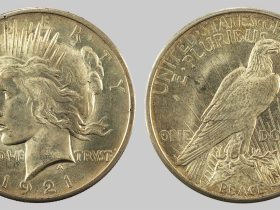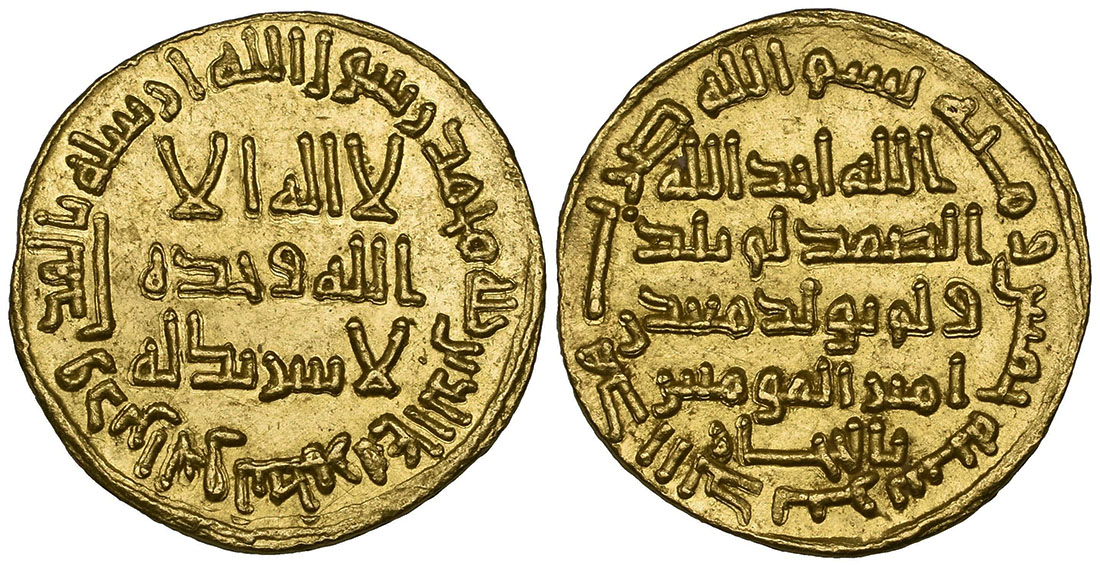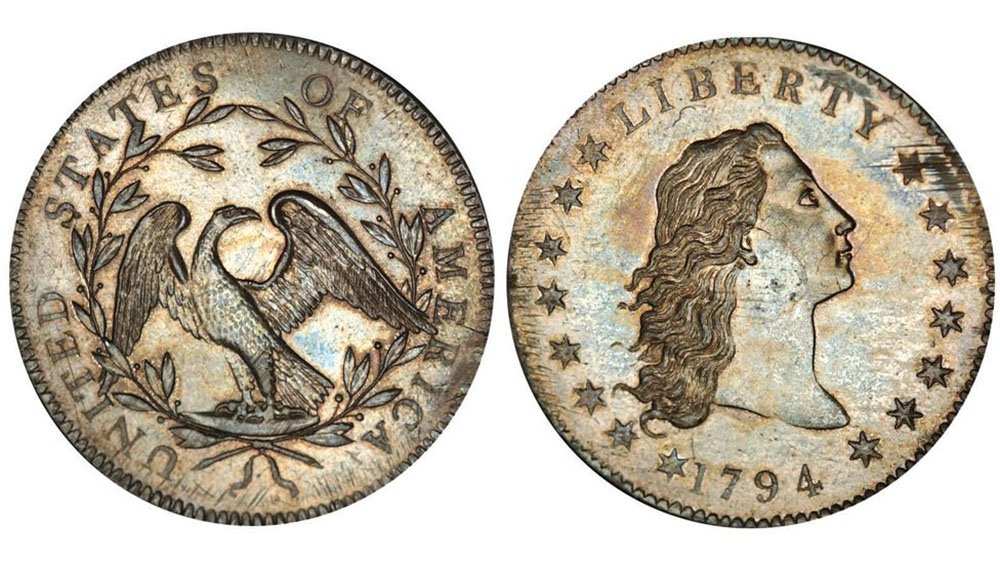The Fengtien Tael coin is a rare and highly sought-after coin that was minted in the early 1900s by the Mukden (Fengtien) Mint. The coin was first displayed at the 1904 Louisiana Purchase Exhibition in St. Louis, Missouri, in the United States. It is believed that only one or two examples of this coin were minted, making it an extremely rare and valuable collectible. Minted during the late Qing Dynasty, the coinage serves as a tangible testament to the region’s evolving economic landscape, political changes, and the influence of international trade.
The coin was made of silver and weighed about 1.5 grams. It had a diameter of 25.4 mm and a thickness of 2.5 mm. The coin featured the image of Emperor Guangxu, who ruled China from 1908 to 1911, on the obverse, and a dragon on the reverse.
Origins and Design
The Fengtien Tael coin was issued by the Fengtien Province (now known as Liaoning) in northeastern China during the late 19th and early 20th centuries. These coins, also known as dragon dollars, were produced with the intent of facilitating trade and commerce in the region. The name “Fengtien” refers to the province’s old name and can be found inscribed on the coin.
The coin’s design is notable for its artistic and symbolic elements. The obverse side features a dragon, this intricately designed dragon, a traditional symbol of power and good fortune in Chinese culture, above is an inscription “FEN-TIEN PROVINCE” and “ONE TAEL” below. The reverse depicts four large Chinese characters in the center and an inscription along the top half and along the bottom.
Price and Value
The Fengtien Tael coin is considered the “King of Chinese coins” and has been the subject of much fascination and desire among collectors for many years. The coin’s value has been steadily increasing over the years, with the most recent sale of a Fengtien Tael coin setting a new record price of 46,575,000 RMB (over $6.9 million USD).
The history of the Fengtien Tael coin is shrouded in mystery and intrigue. It is believed that the coin was struck as a pattern, which is a trial coin that never circulated. The survival of the coin was in question until 1952 when Chinese coin expert Eduard Kann got a rubbing of an example from someone in Hong Kong. An offer of $2,000 USD was made to purchase the coin and accepted, allowing Kann to add the coin to his personal collection. The next sale would be in the estate of Kann in 1971, where it would be purchased by Irving Goodman for $3,000. When the Irving Goodman collection was sold in 1991, the coin set a new record for Chinese coins of $187,000. After the 1991 sale, it was disclosed that the winner was willing to spend up to $500,000 to purchase this coin. August 12, 2022, it was sold again at an auction in Beijing for $6.9 million USD. This made it the most expensive Chinese coin ever sold.
The reason why the coin is so rare and valuable is because it is believed to be a pattern coin that was only minted as a prototype or test piece before mass production. The coin has no mint mark or date, which makes it even more mysterious and desirable. The coin also has some errors and variations that make it unique among other tael coins.
Economic Significance
The Fengtien Tael was a key element in the intricate economic network of Qing Dynasty China. Silver had long been a standard of exchange and store of value, and these coins facilitated trade and transactions across a vast and diverse empire. The coin’s value, like many taels in China, was based on a fixed weight of silver, and it was widely accepted throughout the country.
International Influence
During the late Qing Dynasty, China was undergoing significant political turmoil and economic transformation. The country was engaging more with the outside world, resulting in increased foreign trade and the influence of foreign powers. The Fengtien Tael coin played a role in this international trade by being recognized and accepted in global markets, contributing to the flow of goods and currency in and out of China.
End of an Era
The Qing Dynasty’s decline and eventual fall, coupled with China’s transition into a republic in the early 20th century, marked the end of the era of traditional Chinese coinage, including the Fengtien Tael. The coin’s production came to a halt as China transitioned to a more modern and centralized monetary system. Additionally, the coin’s silver content made it susceptible to hoarding and melting down, further depleting the supply.
Numismatic Interest
The tael is an ancient unit of weight that was used in China and other Asian countries before the adoption of the metric system. One tael was equal to about 11.66 grams or 0.34 pounds. The tael was also used as a unit of currency until the late Qing dynasty (1644-1911), when paper money replaced metal coins.
Today, the Fengtien Tael coin has garnered significant numismatic interest. Collectors and historians are drawn to its artistic design, historical significance, and role in China’s changing economic landscape. Well-preserved examples of these coins are highly sought after by collectors, contributing to their value as historical artifacts.
In conclusion, the Fengtien Tael coin is an extremely rare and valuable collectible that has captured the imagination of collectors around the world. Its unique history and design make it a fascinating piece of Chinese numismatic history.











Leave a Reply